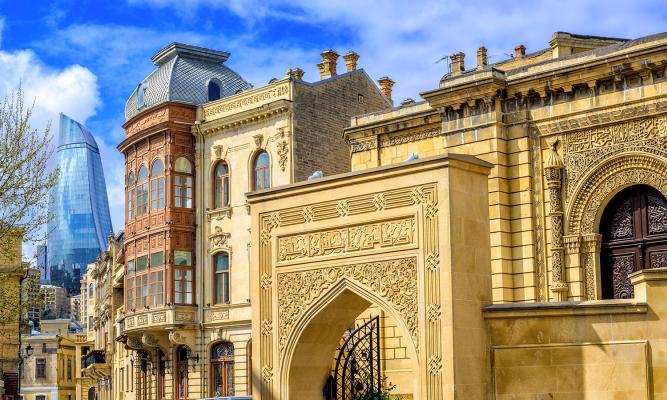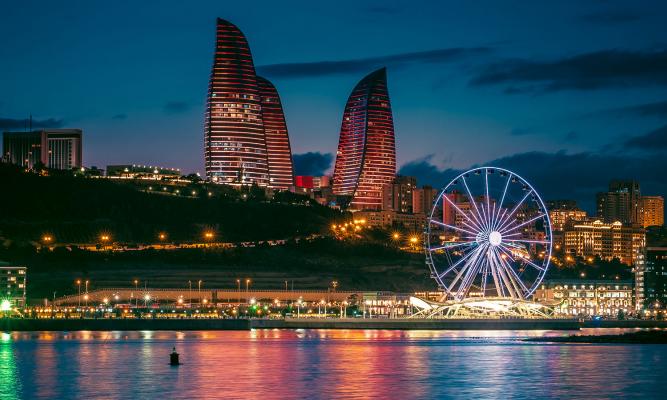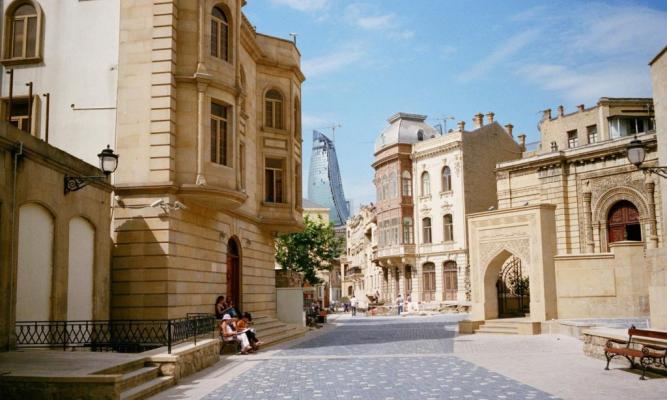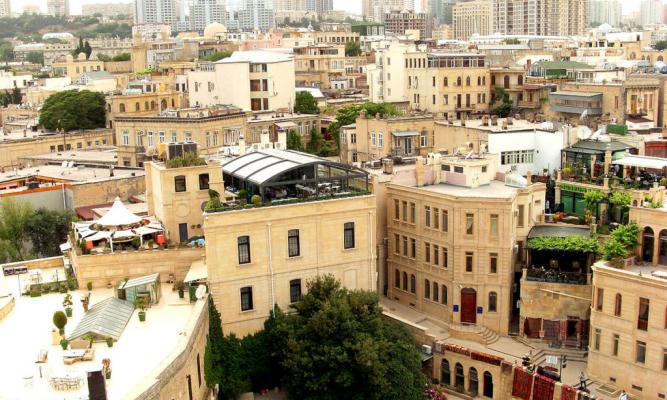Baku City tour
Period: All season
Meeting point: “Qosha Qala” Old City
Type of Tour: Group
Language: — Arabic, Russian, English, German, Turkish
Duration: 4 hours
- 10:00 The tour starts at the main entrance to “İçəri şəhər” (The Old City) – Qoşa Qala (Double Towers)
- “Qoşa qala” is also known as the Shamakhy gate (12th century).
- House of Baku Khans (18th century) – Khans of Shirvanshah dynasty lived in that
house for a long time.
- “Zəncir bül-bül” (The House with Chains also known as “The Small Iron” House) (19th century).
- “Multani” Caravanserai (14th century).
- “Bukhara” Caravanserai (15th century).
- “Bazar Meydanı” (Market Square) – despite its name the place was not only a market
place, but also an ancient Zoroastrian holy place, which is evidenced by totems and
other historical artefacts discovered during the excavations.
- “Qız Qalası” (The Maiden's Tower) is the symbol of Baku. Scientists still have different
opinions regarding the exact date of its construction and the purpose of the
unusually large form of the tower.
- “Hacı Bani hamamı” (Hadji Bani Bathhouse) (14th century).
- The Haji Gaib Bath, located near the Maiden Tower, was built at the end of the 15th century on the orders of a man named Haji Gaib. The architect of the monument was Hadji Bani. The bathhouse remained underground for many centuries. It was discovered by accident in 1964.
- “Aşur Məscidi” (Ashur Mosque) (12th century) – named aſter the architect of the
mosque. It is also known as “Ləzgi Məscidi” (Lezgin Mosque).
- “Cümə Məscidi” (Juma Mosque). Juma means Friday which is the holy day for all
Moslems. The mosque belongs to 12th century and was was built on the site of an
ancient temple of fire-worshippers.
- “Mədrəsə” (Madrasah) (12th century). Madrasah was a Moslem spiritual school
where students studied the Qur'an as well as natural sciences and mathematics.
- “Məhəmməd Məscidi” (1078-79 years) is the oldest mosque of the Islamic period.
- “Miniature Books Museum”. The museum stores a collection of miniature books from
different periods of time, languages, and authors. The collection consists of 6,500
books from 64 countries of the world.
- Aliagha Vahid monument. It was initially placed in the garden near the Philharmonic
in 1990. At the end of 2008 the monument was carried to the square in Icheri Sheher
near Shirvanshahs' Palace. The monument was made by sculptor R. Hasanov.
Vahid is the literary pseudonym of Aliagha Isgandarov (1895-1965), a poet and
Honoured Artist of the Azerbaijan SSR.
- “Shirvanshahs' Palace” Complex (12th-15th centuries) was the last palace of
Shirvanshahs' State with the history of more than a thousand years.
- Walk through the Philharmonic, Mugham Museum, Carpet Museum
- Transfer
- Guide services
- Excluded entrees fee to museums
*Price per person in a group of 10 pax – 15 USD










